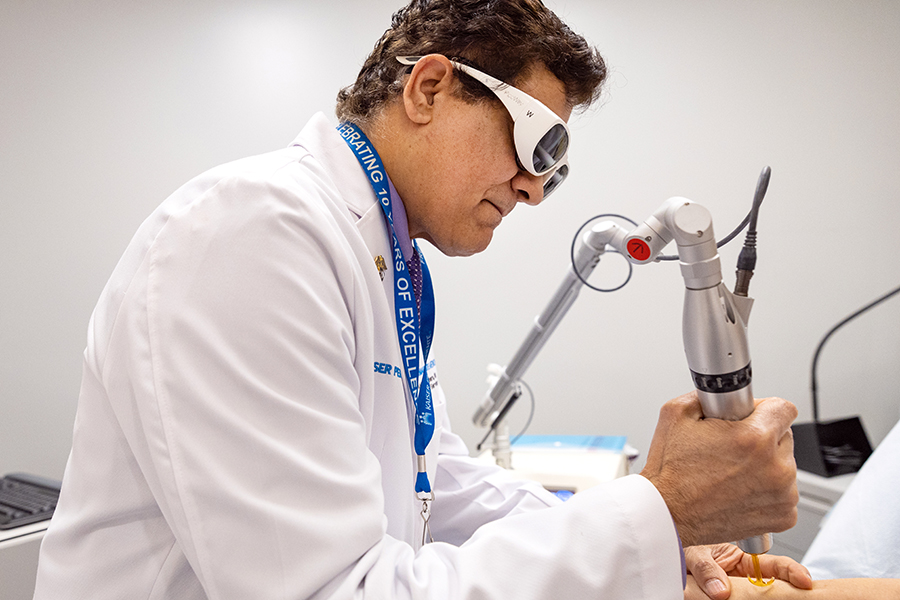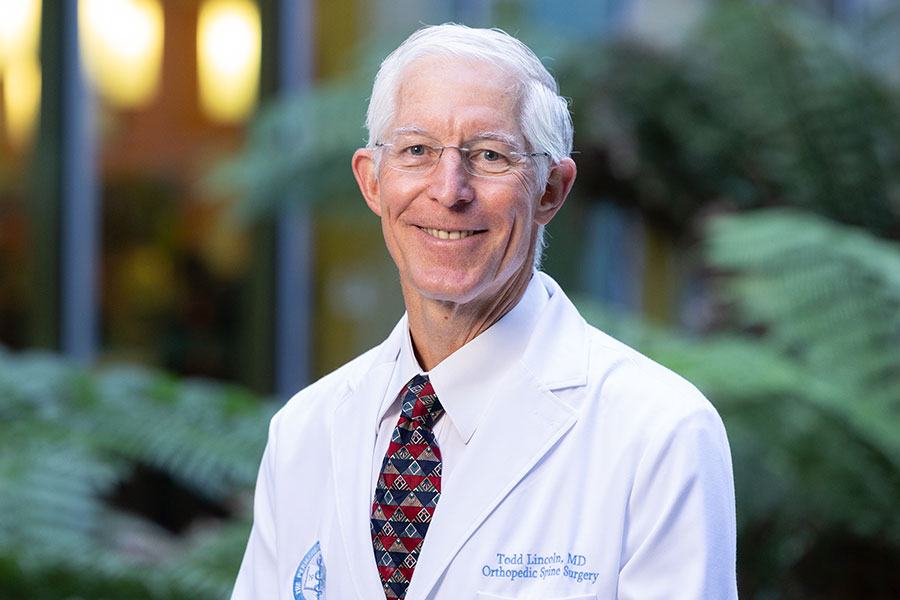Inside KP-January 24, 2018
If you could get up and out of the hospital sooner after surgery, reduce your reliance on heavy medications, and diminish the chances of post-op complications, what would you say?
More than 20,000 satisfied Kaiser Permanente Northern California patients have given a resounding “yes” to the Enhanced Recovery After Surgery Program (ERAS), which does just that.
ERAS is an evidence-based program that originated in Europe with a focus on changing standard pre- and post-operative practices that have been in effect for many years — primarily, no more extended fasting, staying in bed, and opioid use.
The first Kaiser Permanente pilots were conducted at the KP Roseville and KP San Jose medical centers in 2014, for patients undergoing colorectal and hip fracture surgeries. Next, ERAS rolled out regionwide to also include hip and knee replacement surgeries, or about 12,000 total joint surgeries a year.
Each time ERAS has been adopted in another specialty, it has been successful. Now, it is fully launched across 21 hospitals and is practiced in 90 percent of surgeries.
“ERAS affects pretty much every patient in the hospital having a surgical procedure, and many in outpatient, with more in 2018,” said KP Northern California ERAS surgeon champion Efren Rosas, MD. “It’s the biggest change I’ve seen in my 25 years of medicine.”
Cornerstones of Success
The massive rollout of ERAS in KP Northern California has rested on 2 cornerstones.
First are the consistently impressive results. In the past 3 years, ERAS has been shown to improve care for more than 20,000 surgical patients. It has reduced post-operative surgical complication rates by 33 percent. It has prompted an overall decline in opioid usage by 44 percent. And, finally, it has consistently decreased patients’ hospitalizations.
Second, the large-scale integration of ERAS across surgical subspecialties is based upon a sound framework called the ERAS Common Pathway, which clearly presents the standardized interventions for surgical patients. The pathway ensures that the care teams agree upon the ERAS process while the patients know what to expect ahead of time, during, and after their surgeries.
“The common pathway enables a big team to get onboard with the same talking points so that patients can feel they are surrounded by a good program,” explained Dr. Rosas.
Committed Pilot Sites
The sites for the most recent ERAS pilot were the KP South Sacramento and KP Fresno medical centers.
Last year for 3 months, each tested out the common pathway for different inpatient surgeries across the board — from thoracic to urology and everything in between— for patients staying a minimum one night in the hospital.
There were a few exceptions where ERAS was either not applied or was adapted. Patients with bowel obstructions, for example, can’t eat right after surgery. But in most cases the triad of eat early, ambulate soon, and manage medication intake applied.
“For each field we had a learning,” said Subhendra Banerjee, MD, the KP Fresno ERAS physician champion. He explained that about 400 KP Fresno patients experienced ERAS during its pilot, with the vast majority split between ortho and general surgery.
“We could adopt ERAS while still understanding that there needs to be room for variation. Ortho surgeons inject joints before surgery to ensure pain management, for instance. Our goal was really to see how much of this can we make work.”
“Expanding ERAS to more kinds of surgeries involved a lot more of our people,” added KP South Sacramento ERAS physician champion, Mukesh Sahu, MD.
“A big part of it was getting the training out so everyone understood what the care involves, and why,” he explained. “ERAS really upends so many of our existing notions. Getting patients out of bed and eating a few hours after surgery is a huge culture shift. But previous experience with how well our hip and knee replacement and our colorectal patients have done certainly helped. Ultimately, we all want the same thing — to see our patients get better faster with improved outcomes and fewer complications.”
This article originally appeared in Inside KP






